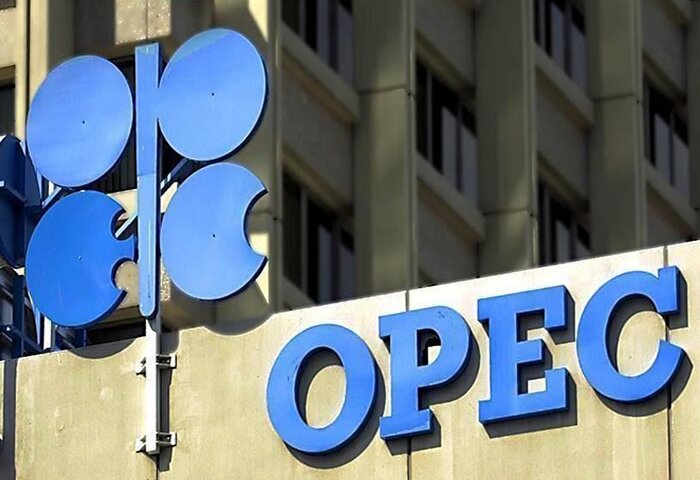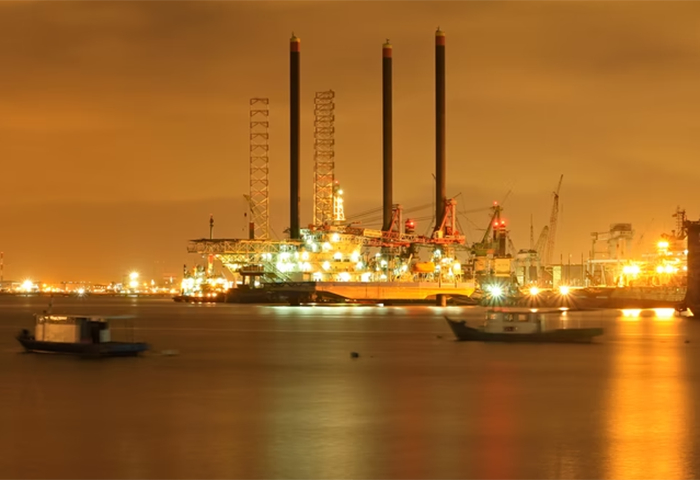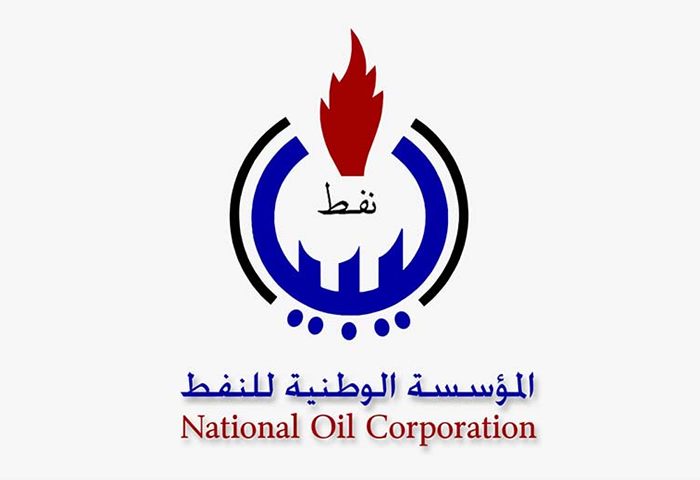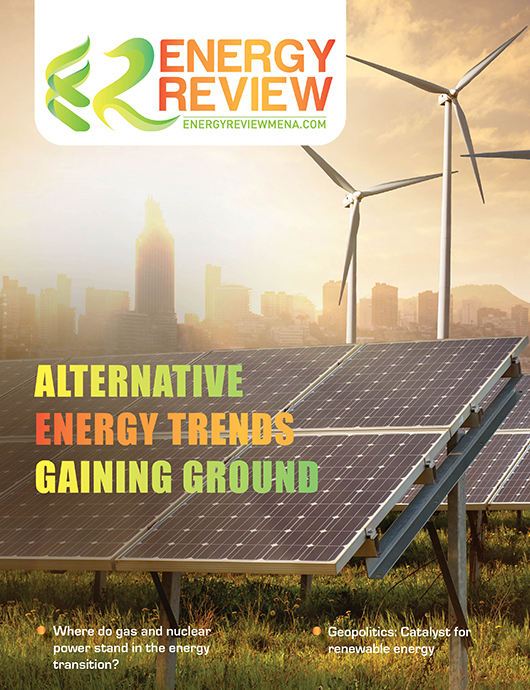OPEC monthly oil market report showed improvements in overall economic conditions in the UAE, citing a 3.8% expansion in real GDP in 2021, as reported by the National Bureau of Statistics.
The OPEC report said, "The recent S&P Global United Arab Emirates PMI remained at 54.8 in March 2022, unchanged from the previous month.
"The latest reading pointed to the 16th straight month of expansion in both output and new orders. Looking ahead, confidence remained positive amid improvements in overall economic conditions, yet there are concerns about inflation, shipping and geopolitical tension in Eastern Europe.
"Mobility rates continued to recover as Omicron subsided in Saudi Arabia and the UAE. According to Apple Mobility Trends Reports, the driving mobility index in the UAE rose by 40% y-o-y in January 2022 (however it declined by 7% m-o-m)," it added.
Earlier this week, OPEC told the European Union that current and future sanctions on Russia could create one of the worst ever oil supply shocks and it would be impossible to replace those volumes, and hinted that it would not pump more oil.
Dubai businesses are witnessing a high point since December with the private sector recording an uptick in new orders during March. Over 76% of businesses have said that the recently concluded Dubai Expo 2020 have helped their businesses. Although running at a slightly slower pace, there have been continued gains in new business growth. The Dubai PMI (Purchasing Managers Index) reported a reading of 55.5 for March, which is the highest since June 2019. It was 54.1 in February.
As per the report, world oil demand growth in 2021 was revised slightly to the downside by 0.04 mb/d as compared to the previous month to now stand at 5.7mb/d. The downward revision is due to an upward revision to the 2020 baseline. During 2021, OECD oil demand increased by 2.6 mb/d, while non-OECD oil demand showed growth of 3.1 mb/d y-o-y.
In 2022, oil demand growth was revised to the downside by 0.5 mb/d to average 3.7 mb/d y-o-y, accounting for declines in global GDP on account of the geopolitical developments and the resurgence of the Omicron variant on global oil demand in China. World oil demand is projected to average 100.5 mb/d, which is 0.4 mb/d lower than the previous month’s estimates and approximately 0.3 mb/d higher than 2019.
In 1Q22, world oil demand recorded robust growth, mainly due to a strong economic rebound, supported by stimulus programmes and further easing of COVID-19 containment measures. OECD oil demand grew by 2.8 mb/d y-o-y while non-OECD requirements gained 2.2 mb/d as compared to the same quarters in 2021.
Downward revisions in 2Q22, 3Q22 and 4Q22 oil demand growth took into account mainly current economic forecasts and other factors that could potentially reduce world oil requirements.
Diesel and gasoline are anticipated to record the highest gains among petroleum products y-o-y on the back of increasing mobility and healthy industrial activities globally. Improvements in supply chain bottlenecks in major consuming countries will support oil demand, with light distillates largely supported by strong petrochemical demand, notably in China, the US and India. Finally, the recovery in global air travel amid declining COVID-19 is expected to further support jet kerosene demand.









